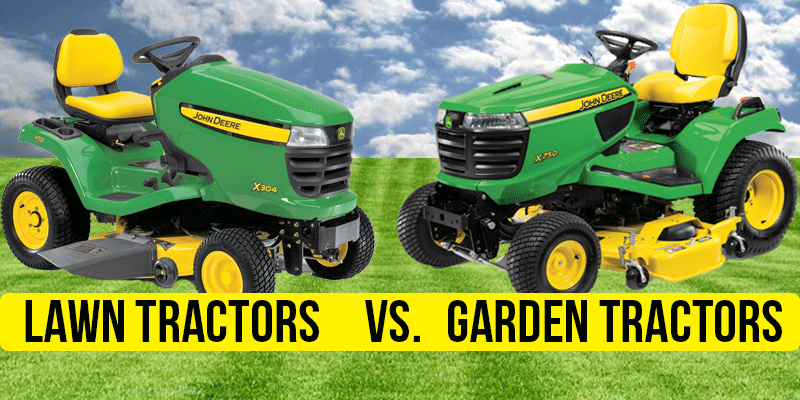
How to Get your Lawn Mower Ready for Spring
5 Easy Steps for Tuning up Your Lawn Mower
Last weekend, the weather warmed up enough for me to celebrate with my First Mow of the spring! I pulled the lawn mower out of the garage, and pulled the string, only to find it wouldn’t start… After a long winter of sitting in the garage, my mower wasn’t ready to take on the task at hand. That means it’s time for a tune up!
Even if your lawn mower is running fine, annual tune ups can prevent costly repairs, increase your engine life and improve your fuel economy by 33 percent! Here are five steps for tuning up your lawn mower and getting ready for spring!
Change the Oil
After a long winter, if your lawn mower won’t start, the first thing to check is the oil. It’s usually a good idea to change the oil in your lawn mower at least one time each year. If your oil needs to be changed, here are three steps to change your oil.
- First, before messing with your lawn mower, be sure to REMOVE THE SPARK PLUG WIRE. That will ensure that your mower doesn’t accidentally start up while you’re in there working on it.
- Next, remove the drain plug and tilt the mower back to empty the old oil. Be sure the gas cap is on tight, or remove the gas in order to avoid spills.
- Refill the mower with the new oil. Make sure you don’t put too much oil in. Most mowers hold 18-20 ounces of oil. If your lawn mower has a dipstick, use that to check the level.
Check the Gas
It’s usually a good idea to start each mowing season with a fresh tank of gas. Keep that in mind this fall, before you put your mower away for the season. Let your gas run out or empty the tank before storing it for the winter. In the winter, condensation can build up in the tank and gas line and freeze, which can lead to bigger issues. Using fresh gas can make sure your lawn mower starts right up.
 Check the Air Filter
Check the Air Filter
The next step in tuning up your lawn mower is checking the air filter. If you have a paper filter, it will probably need to be changed at least once per year. If your air filter is gray or brown, then it’s time to change it. New air filters an extremely inexpensive way to be sure your mower is running at it’s top performance. New air filters increase fuel efficiency, reduce emissions, and extend your engine life.
If you have a foam filter or pre-filter, you can also rinse it out with soap and water.
 Change the Spark Plug
Change the Spark Plug
If, like me, you go to start your lawn mower in the spring and it won’t start, there’s a good chance it’s the spark plug. On the bright side, sparkplugs are also a cheap and easy fix. If the tip of your spark plug is black or dark, then you could probably use a new spark plug.
All you have to do is use a socket wrench to remove the old spark plug, and replace it with the new one. Make sure you purchase the correct spark plug by taking it into your local dealer or checking out this online lawn mower parts store. There’s a good chance that after switching out your spark plug, it will start right up!
 Change or Sharpen Blades
Change or Sharpen Blades
Another aspect of tuning up your lawn mower is checking your blades. Before mowing, make sure your blades are balanced, sharp, and free of nicks and damage. Balanced lawn mower blades will make your lawn look as great as it can be!
If you need to change your lawn mower blade, tilt the mower so you can easily get to the bottom of the deck. Again, be sure to UNPLUG THE SPARK PLUG CABLE, and WEAR GLOVES! With a socket wrench, take out the bolt that’s holding your blade to the mount. Also, make sure to clean out the bottom of your mower deck of any grass or debris.
When putting the new blade on, pay attention to the direction and position of your blade. Make sure it’s the same position as your old blade. Use a socket wrench to attach the new blade.
After you follow these 5 steps, your lawn mower should be all tuned up and ready to take on anything you throw at it this summer!




 Kentucky Bluegrass:
Kentucky Bluegrass:  Bermuda Grass:
Bermuda Grass:
 What is Overseeding?
What is Overseeding?












 How do I dethatch my yard?
How do I dethatch my yard?